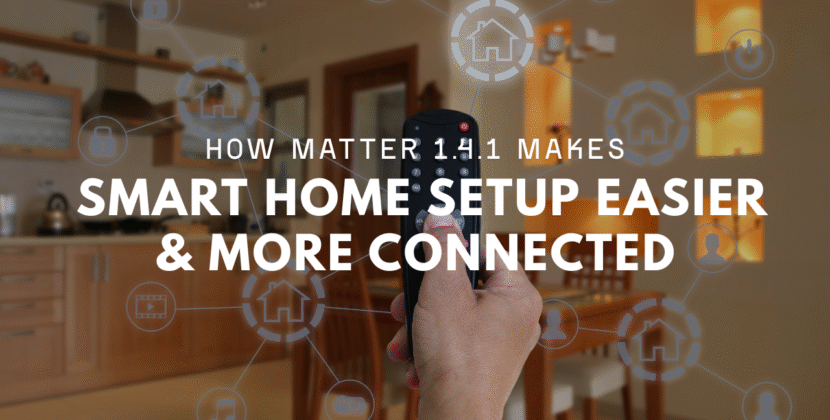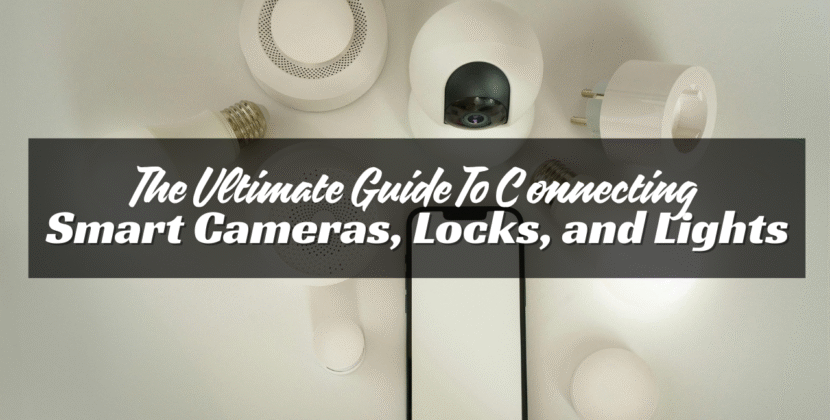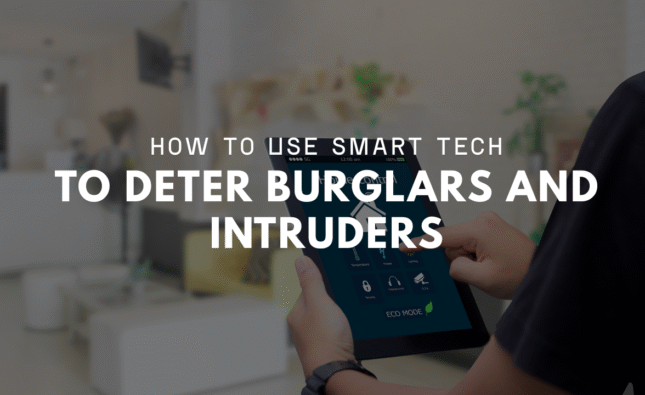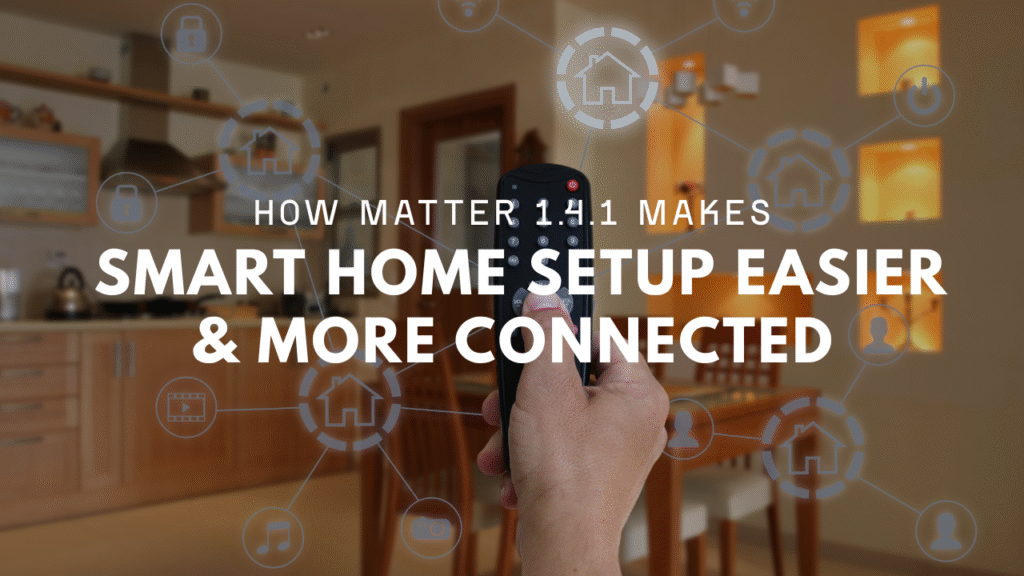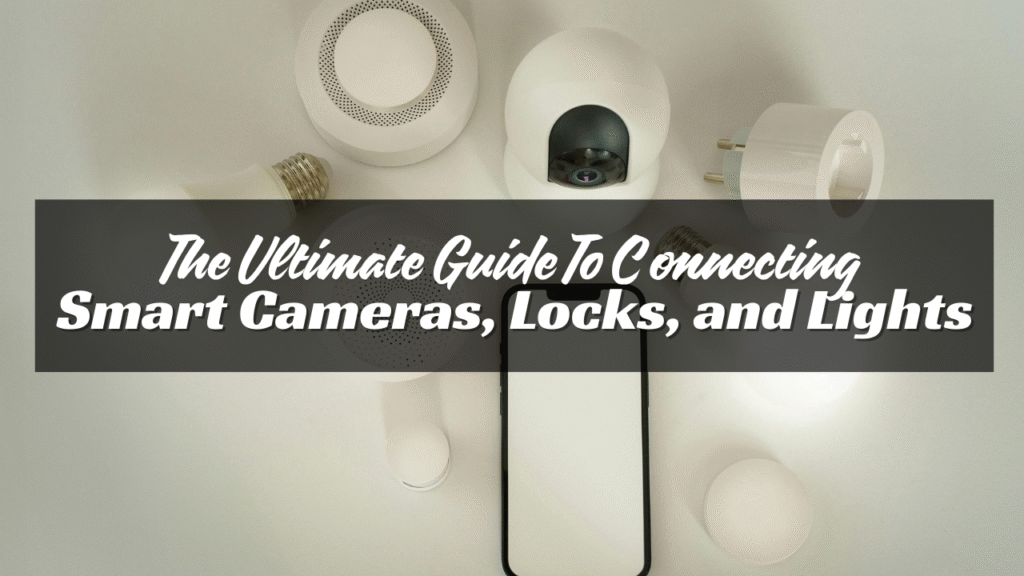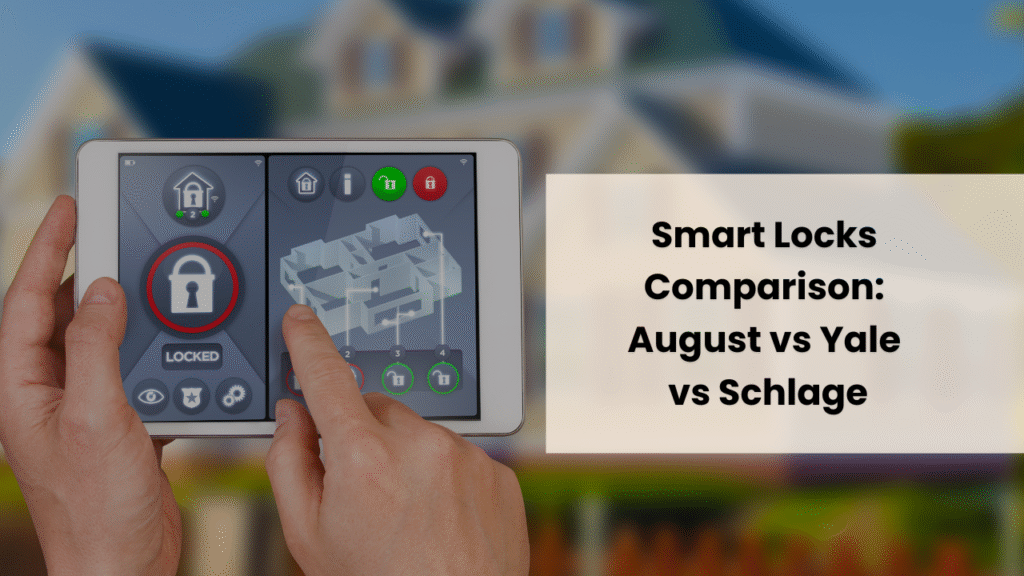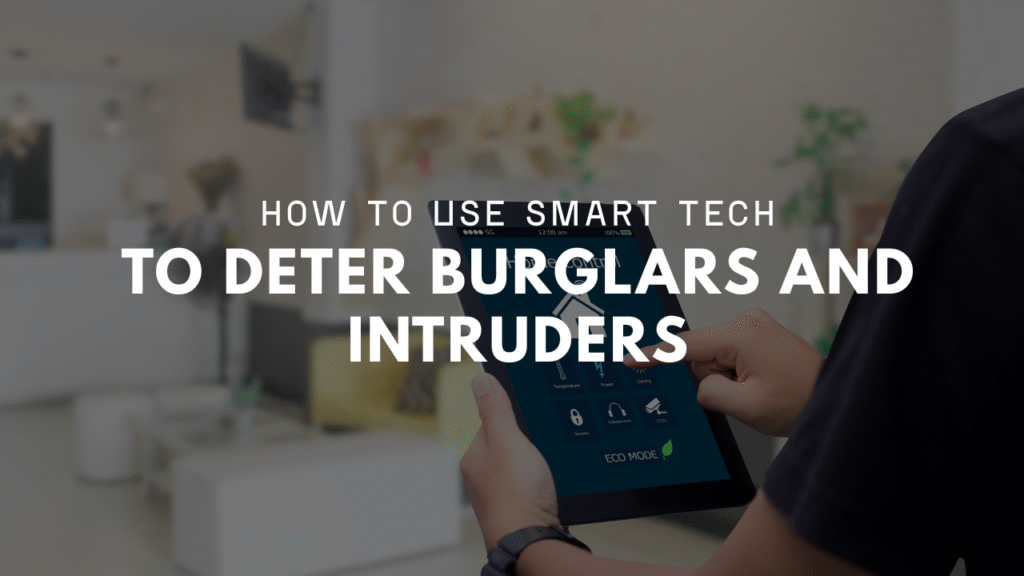
Everyone wants to feel safe at home. But many think home security costs too much. The good news is—it doesn’t have to. You don’t need to buy the latest tech or pay for monthly plans. There are many simple ways to make your home safer without spending a lot of money. Some options cost nothing at all. Let’s look at smart, low-cost ways to boost your home security today.
Lock Every Door and Window of your Home
This may seem basic, but it’s often missed. Most break-ins happen through unlocked doors or windows. Make it a habit to check locks before bed or when leaving home. If any locks are loose or broken, replace them. A strong deadbolt on each door adds real protection. Window locks also matter. Use latch locks or add cheap sliding locks to old frames.
Install Motion Sensor Lights
Burglars don’t like light. It makes them easy to spot. One simple fix is motion lights. Place them near entry points—doors, backyards, garages. When someone walks by, the light turns on. It’s often enough to scare people away. You can find battery-powered models for less than $20. Solar options are great if you want to save on power bills.
Use Window Stickers and Yard Signs
You don’t need to own a full alarm system to make people think you do. Warning signs can work on their own. Put up a few alarm or camera signs in clear view. Add window stickers that say “24/7 monitoring.” These items cost just a few dollars but may stop someone from trying to break in.
Get a Fake Camera
Fake cameras look real and are cheap. Some even have a blinking red light. Place one above your front door or near the driveway. It’s an easy way to scare off intruders. Just make sure it looks real. Don’t hang it where it’s easy to reach. Some people pair fake cameras with motion lights for double effect.
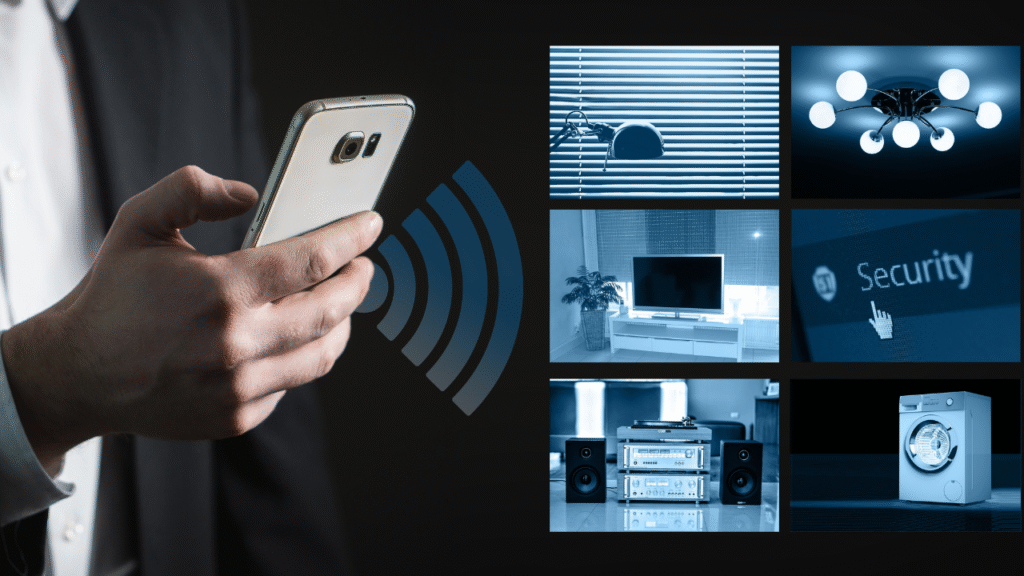
Trim Bushes and Trees
Tall plants near your home give cover to thieves. Keep bushes low, especially near windows. Cut back tree limbs that reach the roof. A clean, open yard makes it harder for someone to sneak up without being seen. It also helps your neighbors keep an eye out for anything strange.
Start a Watch Routine With Neighbors
You don’t need a full neighborhood watch program. Just talk to your neighbors. Let them know when you’ll be away. Ask if they can keep an eye on your place. Offer to do the same for them. People watching out for each other makes the whole area safer. And it doesn’t cost a thing.
Use Smart Plugs and Timers in Home
You can buy cheap outlet timers to control your lights or TV. Set them to turn on at night or while you’re away. This makes it look like someone is home, even when they’re not. Smart plugs can do the same but work with your phone. You can find good timers for under $10. They work best when paired with motion lights or window signs.
Reinforce Your Home Doors
Your door may have a good lock—but what about the frame? Many doors break from a strong kick. Use longer screws in the strike plate (the metal part on the frame). Replace the plate with a stronger one if needed. You can also buy a door reinforcement kit for under $30. It adds metal parts that make it harder to break down the door.
Don’t Hide Keys Outside of your Home
A key under a mat or in a flower pot is a big risk. Thieves know where to look. Instead, give a spare key to a trusted friend or neighbor. If you must keep one outside, use a lock box with a code. Some lock boxes mount to a wall or railing and cost less than $20.
Use Curtains or Frosted Film
Keep people from seeing inside your home. If they can’t see what’s inside, they may move on. Use curtains in rooms that face the street. For windows where you still want light, try frosted film. It sticks on and blocks the view. It’s cheap, easy to install, and gives you more privacy.
Use a Doorbell Camera (or a Dummy)
Doorbell cameras are great for safety and alerts. They let you see who’s outside, even when you’re not home. But if that’s too pricey, consider a dummy model. Some fake ones look real and have lights or camera covers. Pair it with a “recording in progress” sign. It adds one more layer of doubt for anyone thinking of breaking in.
Keep Your Home Yard Clean
An empty house is easy to spot. Overflowing mail, long grass, or full trash bins send the wrong message. Pick up mail daily or have someone do it for you while you’re away. Bring in packages as soon as they arrive. Clean yards tell people you’re home and paying attention.
Lock Your Wi-Fi and Smart Devices
Even if you don’t use smart cameras, you probably have Wi-Fi at home. Make sure it’s locked with a strong password. Don’t use “admin” or “123456.” Choose something unique. Also, update your router software when needed. If you use smart devices, change the factory settings and use two-step login. A locked network keeps your data and devices safe.
Put Valuables Out of Sight
Don’t leave phones, laptops, or bags near windows. Hide them or use curtains to block the view.If someone sees an easy target, they may try to grab it fast. Even a quick smash-and-grab can lead to big losses. Make it hard for them to see anything worth stealing.
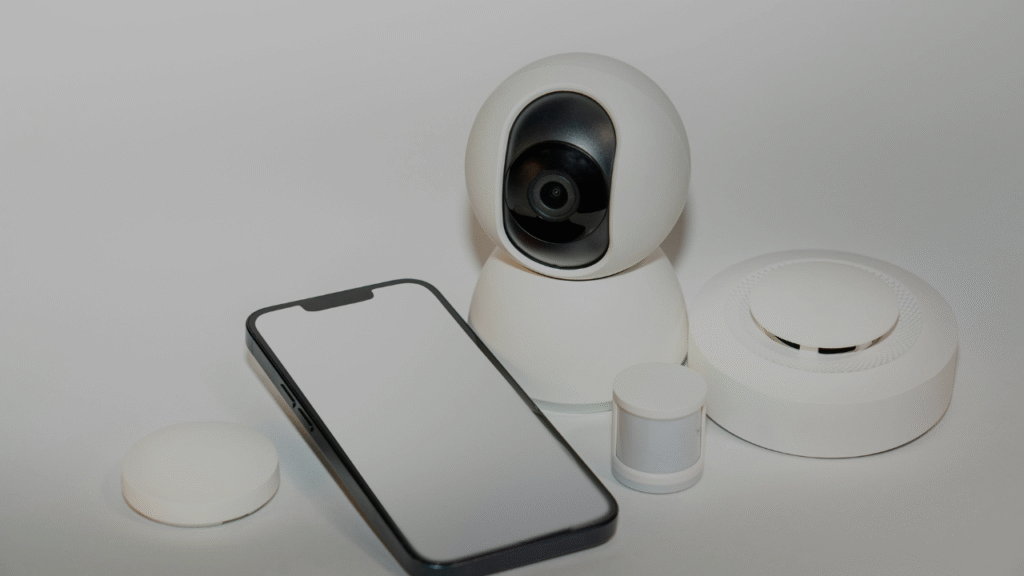
Stay Safe on Social Media
Think before you post. Don’t share vacation plans or say you’re not home. Wait until you’re back before posting photos. Thieves watch public posts and look for easy chances. If you share something personal, make sure it’s set to “friends only.”
Do a Quick Home Check
Walk around your home like a stranger. Look for weak spots—unlocked sheds, broken lights, open windows. Check doors and gates. Try to think like someone who wants to break in. Fix anything that looks easy to get through. Do this once a month. Small changes can make a big difference.
Conclusion
Home security doesn’t need to be expensive. You can do a lot with $100 or less. Start with the basics—locks, lights, and habits. Then add low-cost tools like timers, signs, and fake cameras. Keep your home clean and your yard open. Be smart online and offline. The best safety plan is simple: stay alert, stay prepared, and make your home look lived-in. You don’t need the newest gear to protect what matters most. Just smart steps and steady habits.

